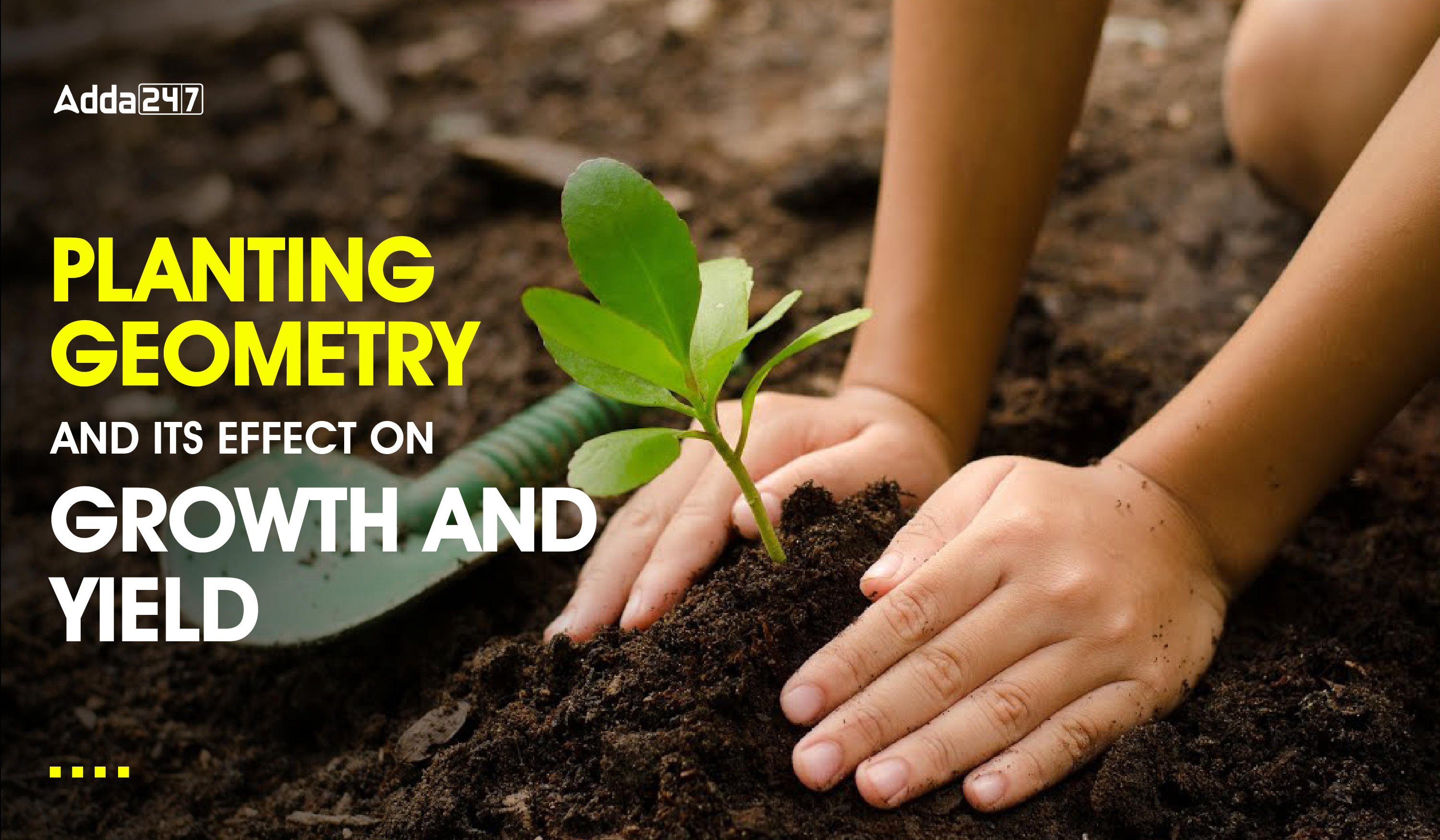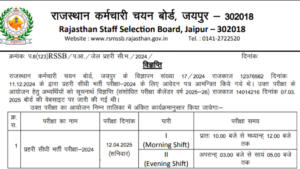Planting Geometry is the way plants are placed and spaced in fields which affects how well crops grow and how much they produce. Methods like sowing seeds or moving young plants into the ground are key in setting up crops with different spaces and arrangements, which can impact how plants grow and how much they produce. Farmers need to understand these methods and their effects to get the most out of their fields and farm sustainably. This article looks at different ways to sow seeds and move plants, how they affect crop growth and yield, and why picking the right planting setup is crucial for successful farming.
What is Planting Geometry?
Planting geometry means the arrangement and spacing of plants within a field or planting area. It involves deciding how plants will be spaced apart from each other and how they will be arranged in rows or patterns across the land. This arrangement is crucial because it directly impacts various aspects of plant growth and development, such as access to sunlight, nutrient uptake, water usage efficiency, and overall crop yield. Farmers select specific planting geometries based on factors like the type of crop, local climate, soil conditions, and the desired farming objectives, aiming to optimize productivity while ensuring sustainable agricultural practices.
Methods of Sowing and Transplanting
- Broadcasting
- Dibbling
- Sowing behind the country plough (manual and mechanical drilling)
- Seed Drilling
- Nursery transplanting
Let’s learn each method in detail.
Broadcasting
Broadcasting is a method where seeds are scattered across the soil surface. It’s commonly used for small to medium-sized crops in India due to its simplicity and cost-effectiveness, requiring minimal labor. To ensure an optimal plant population per area, certain guidelines are followed:
- Skillful Seeding: Seeds are scattered by skilled individuals to ensure even distribution.
- Field Preparation: The plowed field must be well-prepared to promote germination.
- Criss-Cross Pattern: Seeds are broadcasted in two directions for uniform coverage.
- Handling Small Seeds: Small seeds may be mixed with sand to improve handling and distribution.
- Covering Seeds: After broadcasting, seeds are lightly covered using methods like shallow plowing with a country plow, wooden planks, or even tree twigs.
However, broadcasting has its disadvantages:
- Incomplete Contact: Not all seeds come into contact with the soil, reducing germination rates.
- High Seed Rate: Requires more seeds compared to other methods.
- Depth Placement: Seeds are not planted at the desired depth, affecting anchorage and leading to lodging (plants falling over).
Dibbling
Dibbling is a type of line sowing practiced in suitable soil conditions, either on a plain surface or on ridges and furrows. Line sowing involves placing seeds at a specific depth through holes and covering them. For crops like rice, fallow, and cotton, seeds are dibbled on a plain surface, typically at 2/3rd or 1/3rd depth. Before sowing, furrows are prepared and fertilizers applied, ensuring seeds do not contact the fertilizers directly. This method is suitable for wider-spaced crops with medium to large seeds such as sorghum, maize, sunflower, and cotton.
In ridges and furrows or beds and channels, which are forms of line sowing, plants are earthed up in the middle of the ridge for proper root anchorage. This technique offers several advantages:
- Uniform Population: Ensures even distribution of plants across the field.
- Better Germination: Facilitates optimal conditions for seed germination.
- Reduced Seed Rate: Uses fewer seeds compared to other methods, optimizing seed resources.
Line sowing, particularly in ridges and furrows, improves crop establishment and growth, making it suitable for various agricultural settings where precise seed placement and resource efficiency are crucial.
Sowing behind the country plough
Sowing behind the plough, known as line sowing, can be done manually or using mechanical methods. In this process, seeds are dropped into furrows created by the plough, and then the furrows are covered as the plough moves forward. This method ensures seeds are sown at uniform distances. Manual line sowing is labor-intensive and time-consuming, commonly used for crops like red gram, cowpea, and groundnut.
Mechanical line sowing is done using seed drills like ‘Gorus’, which have a plough share and a hopper for holding seeds. Different types of seed drills, such as simple Goru-Guntakas, are available for this purpose. The advantages of mechanical line sowing include:
- Precise Depth Placement: Seeds are placed at the desired depth and covered by iron planks or other mechanisms.
- Versatility: Suitable for a wide range of seeds, except very small or very large ones.
- Crops like maize, sorghum, millets, and sunflowers can be effectively sown using this method.
Mechanical line sowing improves efficiency and ensures optimal seed placement, contributing to better crop establishment and yield in agriculture.
Seed Drilling
Drilling is a precise method of sowing seeds at a specific depth and covering them with soil. This technique utilizes sowing implements such as animal-drawn gorrus or power-operated seed drills. Seeds are placed continuously or at regular intervals along rows, ensuring uniform distribution.
Key features of drilling include:
- Depth Control: Allows for consistent depth of sowing, ensuring optimal conditions for seed germination and growth.
- Fertilizer Application: Fertilizer can be applied simultaneously with seeding, enhancing nutrient availability to the plants.
- Inter-cropping Capability: Facilitates the sowing of intercrops between rows, maximizing land use efficiency.
Despite requiring more time, energy, and cost compared to other methods, drilling maintains a uniform plant population per unit area. It ensures seeds are placed at the desired depth, covered, and compacted, promoting better seedling emergence and crop establishment.
Nursery Transplanting
In nurseries, young seedlings are nurtured in a controlled environment for a short duration and in a limited space, ensuring effective protection and management. This method offers several advantages:
- Optimal Plant Population: Allows for precise control over the number of plants per unit area.
- Reduced Main Field Management: Shortens the duration and effort required for field management after transplanting.
- Crop Intensification: Facilitates intensive cropping practices under transplanting conditions.
However, nursery-based cultivation also has its drawbacks:
- High Cost: Setting up and managing nurseries can be expensive.
- Labor Intensive: Transplanting seedlings from nurseries to the main field is a laborious and costly process.
The nursery period typically spans about one-fourth of the total crop duration. For instance, if a crop’s total duration is 16 weeks, the nursery period would be around 4 weeks. The duration in the nursery varies depending on factors like crop type and season. After the nursery phase, seedlings are carefully uprooted and transplanted into the main field, usually after thorough soil preparation. Transplanting can be done in rows or randomly, depending on the crop spacing requirements. Crops like rice and ragi often use random spacing even after nursery cultivation.
One challenge during transplanting is the transplanting shock, where seedlings may temporarily cease growth due to environmental changes between the roots and the soil. This adjustment period typically lasts 5-7 days and varies based on factors such as temperature and crop variety. Adequate care during this period is crucial to ensure seedling survival and establishment. Typically, nurseries occupy approximately one-tenth of the total cultivation area.




 Rajasthan Jail Prahari Admit Card 2025 a...
Rajasthan Jail Prahari Admit Card 2025 a...
 OPSC OCS Question Paper 2025, Download M...
OPSC OCS Question Paper 2025, Download M...
 RPSC Agriculture Officer Admit Card 2025...
RPSC Agriculture Officer Admit Card 2025...


 Adda247 Job portal has complete information about all Sarkari Jobs and Naukri Alerts, its latest recruitment notifications, from all state and national level jobs and their updates.
Adda247 Job portal has complete information about all Sarkari Jobs and Naukri Alerts, its latest recruitment notifications, from all state and national level jobs and their updates.